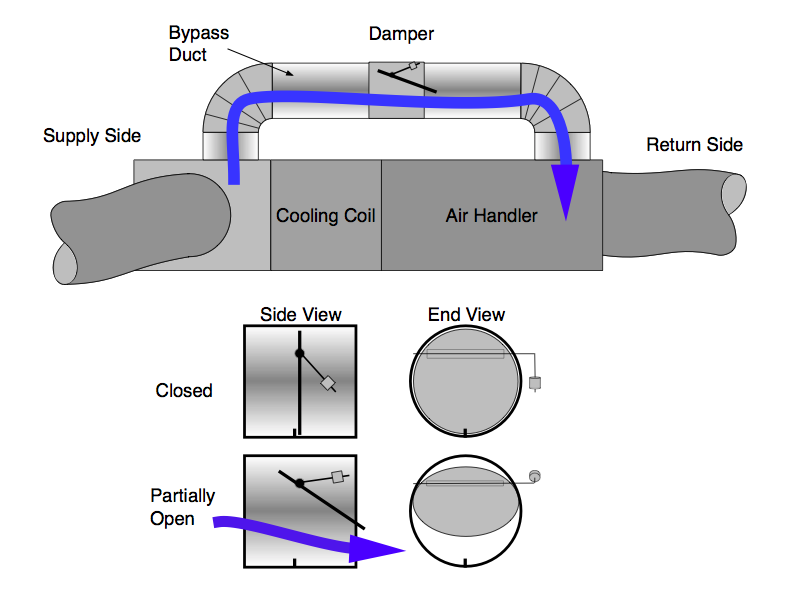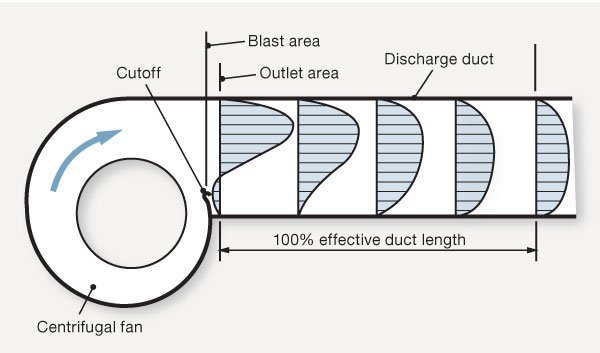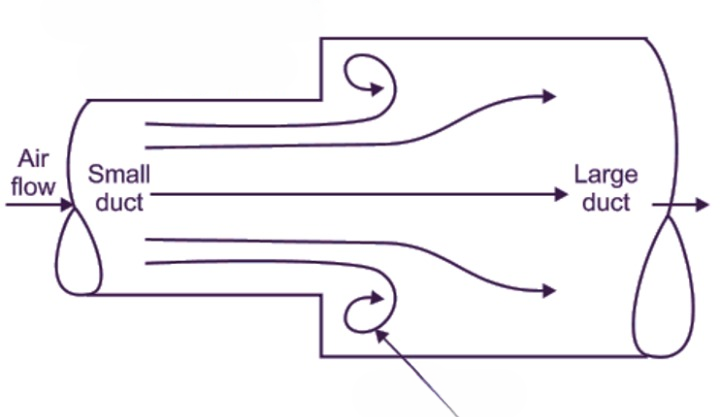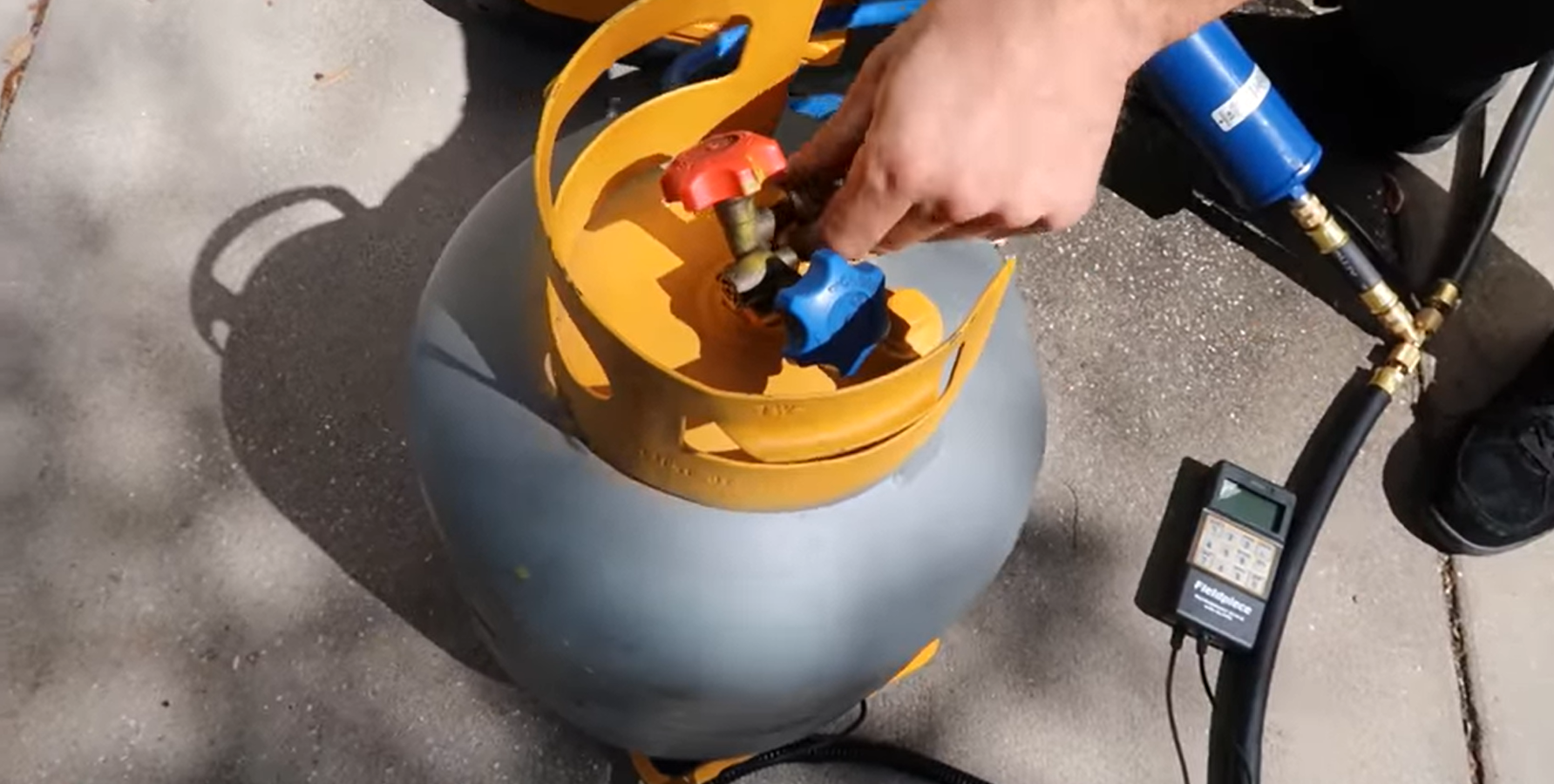Get Tech Tips
Subscribe to free tech tips.
Make Plenum Pressures Work for You
There are several neighborhoods in my area with two—and three-story townhomes with zoning, and I always wonder how long those systems will survive. Zoning can be notoriously hard on HVAC equipment if not set up properly. A single-stage system running full tilt with half the airflow it was designed for because a zone is closed can wreak havoc on heat exchangers, blower motors, compressors, and zone dampers.
The humble bypass duct is meant to prevent this from happening. A bypass duct is typically sized to the same size as the smallest zone (imagine it as its own zone that is opened by pressure instead of electronically) and is intended to act as pressure relief for the system. Although this doesn’t solve all the problems related to zoning with single-stage equipment, it can help a lot.

However, I have seen quite a few bypass dampers that never open. They are installed, but even when adjusted to open at the lowest static pressure setting, they do not respond. What gives? A while back, I wrote this article, which holds the secrets to optimal duct placement on plenums for bypass dampers and dehumidifiers as well.
Essentially, when air comes out of the blower motor, it comes out like a stream and widens out as it “fills” the plenum. This is called static regain and informs many rules of thumb on duct takeoff placement. But we can use it to our advantage for other things as well. Here are two rules based on static regain that I think will help us avoid mistakes and problems with bypass dampers and dehumidifiers.

1. High pressure pushes bypass air out
If the bypass duct is placed too close to the blower motor, the air will just blow right on past it because the flow of air is not developed. We need the plenum to pressurize, which it does much more evenly the further down the plenum you travel. As a rule of thumb, I would advise placing the bypass duct at least 2 feet down the plenum.
2. Low pressure pulls dehumidifier air in
A dehumidifier has an internal fan and is typically designed to push air into the supply side of a duct system so that the dry air can mix and be distributed evenly throughout the house. The problem is that high supply-side static pressure can prevent the dehumidifier from pushing air properly into the duct system. Tapping into the supply plenum as close as you can to the blower motor allows you to take advantage of the naturally occurring low static pressure zone.

This picture shows the uneven air distribution as it transitions between different duct sizes. The arrow shows a swirling, low-pressure area that's an ideal place to tap into for your dehumidifier and a terrible spot for your bypass damper. Let’s make plenum pressures work for us instead of against us.
—Matt Bruner











Comments
To leave a comment, you need to log in.
Log In